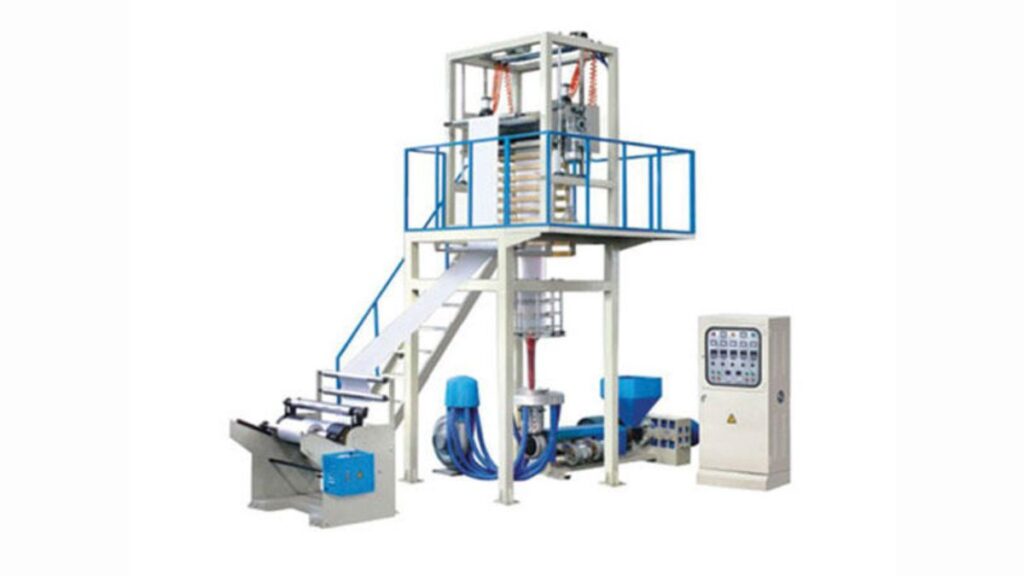Introduction to Blow-Up Ratio
In the intricate world of manufacturing, every detail matters. Among these details, one term stands out as a pivotal factor influencing production quality: blow-up ratio. But what exactly does this mean? The blow-up ratio refers to the relationship between the initial dimensions of a material and its expanded form after processing. Understanding this concept can be a game changer for manufacturers seeking efficiency and excellence in their products.
As industries evolve and technologies advance, mastering the blow-up ratio becomes increasingly essential. It’s not just about making something bigger; it’s about achieving optimal performance while maintaining product integrity. In this blog post, we’ll dive deep into the significance of blow-up ratios in various manufacturing processes and explore how they can make or break your production line’s success. Whether you’re an industry veteran or new to manufacturing specifics, gaining insights into blow-up ratios is crucial for achieving high-quality results.
Understanding the Role of Blow-Up Ratio in Manufacturing Processes
The blow-up ratio is a pivotal factor in various manufacturing processes, especially in material forming. It refers to the extent to which a material expands or inflates during production. Understanding this concept can significantly influence product design and quality.
In applications like blow molding or extrusion, the blow-up ratio determines how well materials fill their molds. An optimal ratio ensures uniform thickness and proper structural integrity.
Moreover, it plays a crucial role in achieving desired mechanical properties. Different materials respond variably when subjected to specific ratios; thus, knowing these interactions helps manufacturers select appropriate techniques.
This understanding not only streamlines production but also minimizes waste. A precise blow-up ratio enhances efficiency throughout the process, from raw material selection to final inspection of products.
Factors Affecting Blow-Up Ratio in Different Materials and Techniques
Several factors influence the blow-up ratio, varying significantly across materials and manufacturing techniques. The type of polymer used plays a crucial role. For instance, thermoplastics exhibit different flow characteristics compared to thermosets, affecting how they expand during processing.
Temperature is another critical variable. Higher temperatures can lead to increased melt flow rates, altering the blow-up ratio dramatically. Likewise, cooling rates impact material rigidity and shape retention after expansion.
Processing techniques also contribute to variations in blow-up ratios. Techniques like extrusion or injection molding each have unique parameters that affect how materials behave under pressure and heat.
Additives within the raw materials can modify viscosity and elasticity as well. These adjustments change not only the performance but also the final product’s quality.
Equipment settings—such as pressure levels and die configurations—are pivotal in determining an optimal blow-up ratio for any given project.
The Impact of Incorrect Blow-Up Ratio on Product Quality and Efficiency
An incorrect blow-up ratio can lead to significant issues in manufacturing. When the ratio is not properly calibrated, products may exhibit defects such as uneven surfaces or inconsistent dimensions. These flaws compromise aesthetic appeal and functionality.
Moreover, improper ratios often result in wasted materials. Inefficient use of raw materials increases production costs and reduces overall profitability for manufacturers. Time is also a victim; longer cycles may be required to correct mistakes.
In addition, quality control becomes more challenging when the blow-up ratio is off-target. This inconsistency makes it difficult to meet customer expectations and industry standards, ultimately affecting brand reputation.
Employees may experience increased stress due to constant troubleshooting and rework requirements linked to these errors. Such conditions hinder productivity while diverting focus from innovation and efficiency improvements within the organization.
Techniques for Measuring and Adjusting Blow-Up Ratio
Measuring and adjusting the blow-up ratio is crucial for optimizing manufacturing processes. One common technique involves using pressure sensors to monitor the air or gas flow during production. This real-time data provides insight into how well materials are expanding.
Another effective method is through experimentation with different temperatures. By varying heat levels, manufacturers can observe changes in material behavior, allowing them to fine-tune their blow-up ratios accordingly.
Quantitative analysis also plays a significant role. Utilizing software tools that simulate various scenarios helps predict outcomes based on specific input variables related to blow-up ratio adjustments.
Regular calibration of equipment ensures consistency over time, preventing discrepancies that might arise from wear and tear. Implementing these techniques supports continuous improvement in product quality while maintaining efficiency throughout your manufacturing processes.
Case Studies: Successful Implementation of Optimal Blow-Up Ratio
One notable case is a leading automotive parts manufacturer that optimized its blow-up ratio in the production of plastic components. By fine-tuning this metric, they achieved superior strength and durability in their products. This resulted not only in enhanced performance but also reduced material waste.
Another example comes from the packaging industry. A company specializing in food packaging discovered that adjusting their blow-up ratio led to better barrier properties. The result was longer shelf life for products, which significantly increased customer satisfaction and decreased returns.
In both cases, teams utilized advanced simulation software to visualize how different ratios would affect final output. This proactive approach allowed them to avoid costly mistakes while ensuring consistent quality across batches.
These success stories highlight the tangible benefits of understanding and implementing an optimal blow-up ratio within various manufacturing sectors.
Conclusion: The Key to Achieving High-Quality Products in Manufacturing Processes
Achieving high-quality products in manufacturing processes hinges on understanding and optimizing the blow-up ratio. This crucial metric influences not only product integrity but also efficiency across various materials and methods. A well-calibrated blow-up ratio leads to enhanced performance, reducing waste and increasing profitability.
As manufacturers continue to innovate, the focus on precise measurements will become ever more important. Companies that embrace advanced techniques for measuring and adjusting their blow-up ratios stand to gain a competitive edge in quality assurance. Real-life case studies highlight how strategic applications of optimal ratios have transformed production lines, underscoring its importance.
The journey toward excellence in manufacturing is complex, but with attention to factors affecting the blow-up ratio, businesses can forge new paths towards superior product quality and operational success. Emphasizing this aspect of production can ultimately lead organizations toward a future defined by reliability and innovation.






